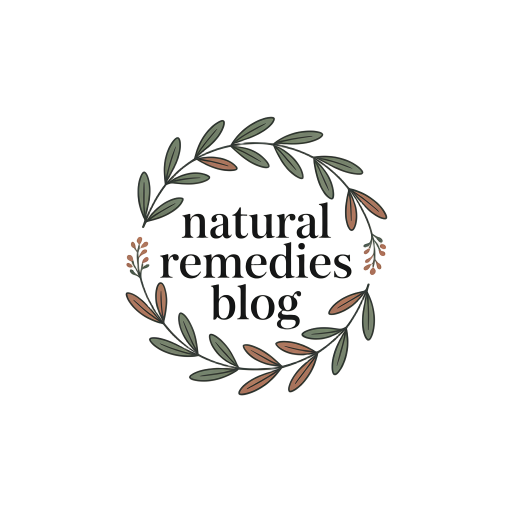Listerine Foot Soak That Refreshes Tired Feet
Like a well-worn pair of shoes that suddenly feels brand new, your tired feet can experience remarkable rejuvenation through a Listerine foot soak treatment. You’ll find this unique combination of antiseptic mouthwash and complementary ingredients targets multiple podiatric concerns simultaneously. The solution’s active compounds penetrate your epidermis to combat bacteria while the menthol components stimulate circulation. If you’re curious about transforming your aching feet into refreshed, healthier appendages, there’s more you need to know.
Benefits of Listerine Foot Soak
Three key benefits make Listerine foot soaks an effective treatment for tired, aching feet.
First, the antiseptic properties in Listerine combat bacteria and fungi, reducing your risk of foot infections and athlete’s foot.
Second, the menthol and thymol compounds provide a cooling sensation that relieves muscle tension and soothes inflammation in your feet’s soft tissues.
Third, the benzoic acid in Listerine helps exfoliate dead skin cells, particularly around calluses and rough patches, leaving your feet smoother and rejuvenated.
Additionally, the antimicrobial environment created by Listerine helps to further enhance foot hygiene and overall podiatric health.
Regular Listerine foot soaks can improve foot hygiene and overall podiatric health.
Required Ingredients and Materials
To prepare an effective Listerine foot soak that delivers the therapeutic benefits discussed above, you’ll need several specific items. These essential components guarantee superior results for your podiatric treatment session.
- 1 cup original amber Listerine antiseptic mouthwash (containing thymol, eucalyptol, and menthol)
- 1 cup white vinegar (5% acetic acid concentration)
- 2 cups warm water (approximately 98-100°F)
- 1 basin or foot bath container (minimum 4-inch depth)
- 1 clean towel for drying
In addition to these ingredients, maintaining the water temperature between 95-104°F (35-40°C) will enhance absorption and circulation, maximizing the benefits of your soak. These precise measurements and specific materials create the perfect therapeutic solution for addressing plantar discomfort and dermatological concerns.
Step-by-Step Preparation Guide
Following proper preparation techniques guarantees maximum therapeutic efficacy of your Listerine foot soak treatment.
| Step | Clinical Action |
|---|---|
| 1 | Fill basin with warm water (95-100°F) to cover ankles |
| 2 | Add 1:1 ratio Listerine to white vinegar (240ml each) |
| 3 | Submerge feet for 15-20 minutes maximum |
You’ll need to monitor water temperature throughout the procedure to maintain therapeutic levels. Position your feet to secure complete submersion of plantar surfaces. For enhanced antimicrobial effects, gently agitate the solution periodically. Post-treatment, dry thoroughly between digits to prevent maceration of interdigital spaces. This soak utilizes antiseptic properties of Listerine to help combat foot-related issues effectively.
Best Practices for Maximum Results
Maximizing therapeutic outcomes from your Listerine foot soak requires adherence to essential clinical protocols.
Clinical studies indicate optimal results through methodical implementation of these evidence-based practices:
- Maintain water temperature between 95-100°F to enhance vasodilation and dermal absorption
- Position feet at 45-degree plantar flexion for maximum exposure to antiseptic solution
- Limit immersion duration to 15-20 minutes to prevent maceration of plantar tissue
- Guarantee complete submersion of both feet to mid-malleolar level
- Follow with gentle exfoliation and application of emollient to preserve skin barrier function
Proper adherence to these protocols maximizes antimicrobial and therapeutic benefits, especially due to Listerine’s antimicrobial properties that effectively combat foot odor and infections.
Additional Tips and Variations
While maintaining proper clinical protocols forms the foundation of an effective Listerine foot soak, practitioners and patients can enhance their therapeutic outcomes through several validated modifications.
You can augment the solution with epsom salts to intensify the antimicrobial properties.
Consider incorporating essential oils like tea tree or lavender for enhanced antiseptic benefits.
For persistent plantar calluses, add 1/4 cup of white vinegar to accelerate keratolysis.
If you’re experiencing heightened sensitivity, dilute the mixture with additional warm water.
During winter months, supplement with glycerin to prevent excess dehydration of the epidermis.
Monitor water temperature carefully when treating patients with peripheral neuropathy. Additionally, ensuring thorough drying between toes can further reduce fungal growth issues.
Safety Precautions and Warnings
To guarantee safe and effective treatment outcomes, you must observe several critical precautions when performing Listerine foot soaks.
-
Don’t exceed water temperatures above 104°F (40°C) to prevent thermal injury to your peripheral nerve endings.
-
Limit soaking sessions to 15-20 minutes to avoid maceration of plantar epidermis.
-
Discontinue use if you experience any dermal irritation, pruritus, or inflammatory response.
-
Don’t use if you have open wounds, ulcerations, or diagnosed peripheral vascular disease.
-
Test for skin sensitivity by applying diluted solution to a small area before full immersion.
